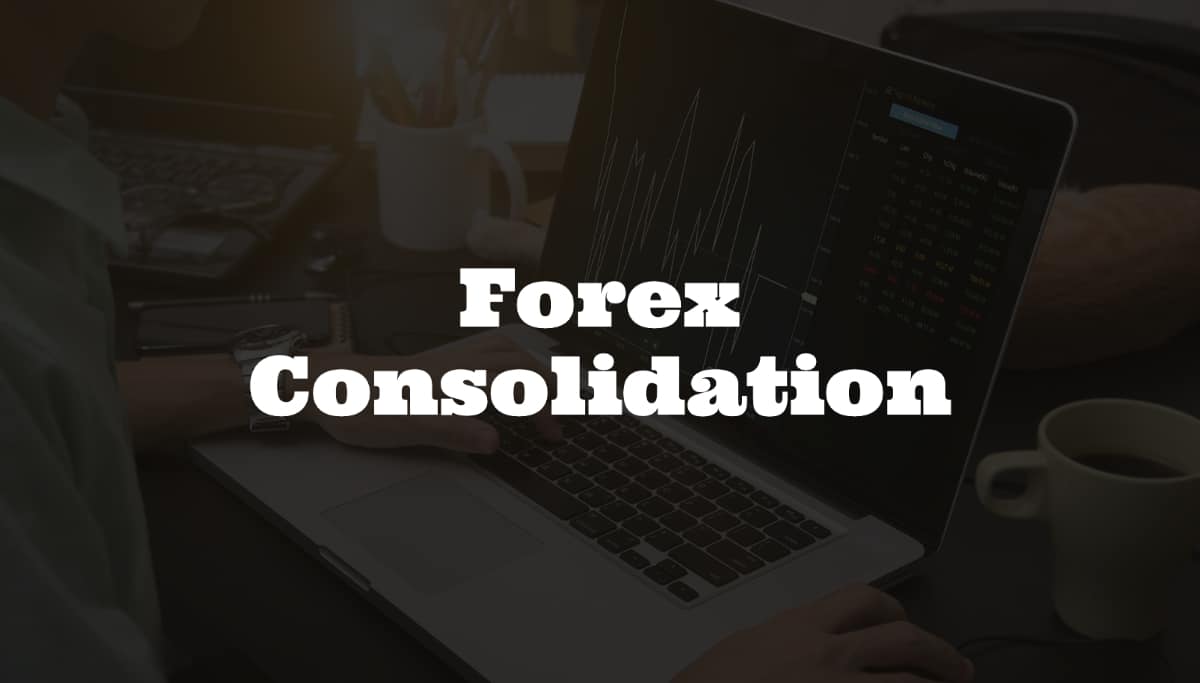All You Need To Know About Consolidations
Forex consolidation refers to a period of relatively tight or sideways movement in the price of a currency pair in the market. During consolidation, the price fluctuates within a defined range, with the swing highs and lows of the price forming a nearly horizontal pattern.
Consolidation occurs after significant price movement, whether an uptrend or a downtrend. It represents a temporary pause in the market before the next directional move. The consolidation period can vary, ranging from a few hours to several days or weeks.
Main characteristics of Forex consolidation
The main characteristics of forex consolidation include the following:
Narrow Price Range: During consolidation, the price of a currency pair remains confined within a relatively tight range. The highs and lows of the price tend to be close to each other, creating a horizontal or nearly horizontal pattern on the price chart.
Reduced Volatility: The period of consolidation is often accompanied by a decrease in market volatility. Price swings and fluctuations become smaller and more contained than in periods of strong trending movement.
Decreased Trading Volume: As market participants perceive a lack of clear directional movement, a trading volume may decline during consolidation. Traders and investors may adopt a wait-and-see approach, resulting in lower trading activity.
Support and Resistance Levels: The market is consolidating around key support and resistance levels, which are price levels where buying or selling pressure is historically significant. These levels can act as barriers, preventing the price from breaking out of the consolidation range until a new catalyst emerges.
How do you trade consolidation in forex?
Forex consolidation strategy consists of checking out breakdown or breakout. When the trend reversal is bullish, we are talking about the breakout. Increased trading volumes follow it. The resistance point represents the new support level. In that case, investors go long when the asset price breaks out from the resistance line.
The hardest part of trading consolidations is avoiding getting caught in false breakouts or signals. Moving averages is the best technical indicator for avoiding false signals during consolidation in the Forex market. It’s an indicator that helps you to spot the average currency pair price in a specific timeframe. You can calculate it by dividing the sum of the past prices by the number of calculation periods.
Commonly used strategies during Forex consolidation.
Here are a few commonly used strategies that traders may employ during consolidation:
Range Trading: Range trading is a strategy that involves identifying and trading within the boundaries of a defined price range. Traders look for key support and resistance levels forming the consolidation pattern’s upper and lower bounds. They aim to buy near support and sell near resistance, taking advantage of the price oscillations within the range. Traders may use technical indicators such as oscillators (e.g., RSI, Stochastic) to identify overbought and oversold conditions within the range.
Breakout Trading: Breakout trading is a strategy that involves entering positions when the price breaks out of the consolidation range. Traders monitor the support and resistance levels and wait for a significant breakout, often accompanied by increased trading volume. They aim to capture the potential momentum and volatility that can follow a consolidation phase. Traders may use trendlines or chart patterns (e.g., triangles, rectangles) to identify potential breakout points.
Wait-and-See Approach: Some traders prefer a more cautious approach during consolidation and wait for a clear breakout or trend confirmation before entering new positions. They may avoid trading within the consolidation range and monitor the market for potential opportunities once the price establishes a new direction.
Forex consolidation – Conclusion
Forex consolidation is a natural part of market dynamics and can provide valuable information to traders. It suggests a temporary equilibrium between buyers and sellers and indicates a potential buildup of momentum before the next significant price move. Depending on their analysis and market conditions, traders may employ various trading strategies during consolidation, such as range trading or breakout trading.
It’s important to note that forex consolidation is a technical analysis concept and should be used with other indicators and tools to make informed trading decisions. Fundamental factors, economic news, and market sentiment can influence the breakout direction following a consolidation phase.
The post All You Need To Know About Consolidations appeared first on FinanceBrokerage.
























